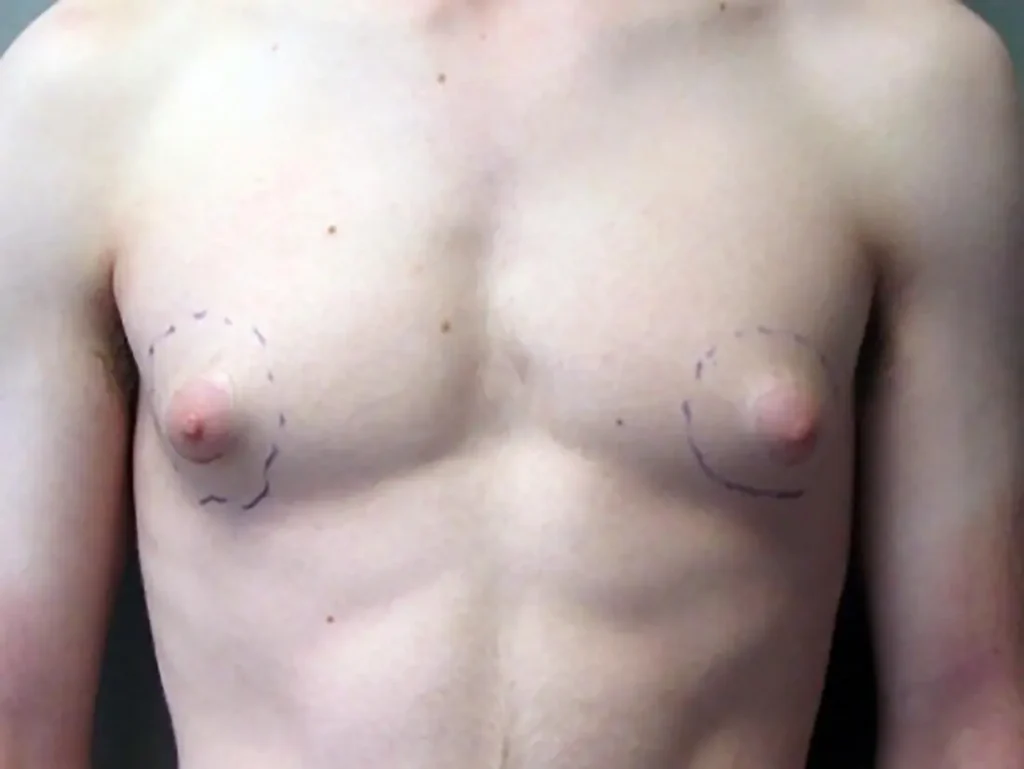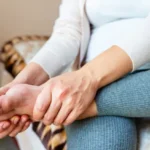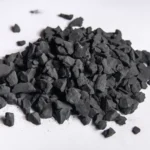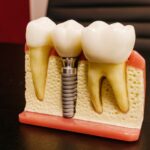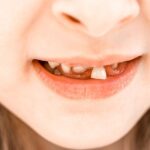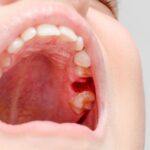Introduction to Puffy Nipples
Puffy nipples can be a source of frustration for many individuals, sparking questions about body image and self-confidence. Whether you’re dealing with this issue personally or just curious about it, understanding puffy nipples is crucial. They can affect anyone, regardless of gender or age, and the discomfort they bring often goes unnoticed in casual conversations. However, there’s no reason to feel alone or embarrassed; countless people face similar challenges.
The good news? There are various ways to address puffy nipples—both surgical and non-surgical options abound. By exploring the causes and solutions available, you’ll be better equipped to tackle this concern head-on. Let’s dive into what might be behind those pesky puffy nipples and how you can effectively manage them!
Causes of Puffy Nipples
Puffy nipples can stem from various factors, both hormonal and physical. One common cause is hormonal imbalances, especially during puberty or changes in testosterone levels. This fluctuation often leads to increased breast tissue growth.
Genetics play a significant role as well. If family members have experienced similar conditions, it might be inherited.
Weight gain can also contribute. Excess fat deposits around the chest area may lead to puffiness over time.
Certain medical conditions like gynecomastia—a benign enlargement of male breast tissue—can result in puffy nipples too. This condition often emerges without any underlying health issues but can be influenced by medications or lifestyle choices.
Body composition affects appearance significantly; people with higher body fat percentages tend to notice more pronounced nipple puffiness compared to those with lower fat ratios.
Surgical Options for Removing Puffy Nipples
Surgical options for addressing puffy nipples typically involve procedures like gynecomastia surgery. This common method targets excess glandular tissue and fat in the chest area.
During the surgery, a surgeon makes small incisions around the nipple or under the arm. They then remove unwanted tissue to create a flatter, more contoured appearance. Recovery usually takes about one to two weeks, with many patients resuming normal activities fairly quickly.
Another option is liposuction, which can help reduce localized fat deposits. This technique often has less downtime compared to traditional excision methods.
Candidates for these surgeries should consult with a qualified plastic surgeon. Discussing personal goals and any potential risks is crucial before moving forward with surgical intervention.
Non-Surgical Methods to Reduce Puffy Nipples
There are several effective non-surgical methods to tackle puffy nipples. One popular approach is targeted exercise. Engaging in strength training that focuses on your chest can help tone the muscles underneath, leading to a firmer appearance.
Diet also plays a crucial role. A balanced diet rich in lean proteins and healthy fats can assist in reducing body fat, which may contribute to puffiness. Staying hydrated helps as well; water flushes out toxins and supports overall skin elasticity.
Additionally, some individuals find success with topical treatments. Creams containing ingredients like caffeine or retinol might temporarily tighten the skin around the area.
Wearing supportive clothing can make a difference too. Choosing well-fitted shirts or compression garments can provide immediate results by smoothing out contours and enhancing confidence throughout the day.
Lifestyle Changes to Help with Puffy Nipples
Making a few lifestyle changes can significantly impact puffy nipples. Start by focusing on your diet. Incorporate foods rich in healthy fats, such as avocados and nuts, along with lean proteins. These choices can help balance hormones.
Regular exercise is key too. Engage in strength training to build chest muscles, which may enhance the appearance of your nipples over time. Cardio workouts also play an essential role; they promote overall fat loss and improve body composition.
Stay hydrated throughout the day. Drinking plenty of water helps maintain skin elasticity and promotes better circulation, potentially reducing puffiness.
Stress management cannot be overlooked either. High stress levels can lead to hormonal imbalances that contribute to puffy nipples. Consider practicing yoga or meditation for relaxation.
Ensure you’re wearing well-fitted clothing that provides support without constriction, as this can make a noticeable difference in how your physique appears.
Tips for Preventing Puffy Nipples
Maintaining a healthy lifestyle can significantly reduce the chances of developing puffy nipples. Start by focusing on your diet. Incorporate lean proteins, whole grains, and plenty of fruits and vegetables into your meals.
Regular exercise is crucial too. Aim for a mix of cardio and strength training to keep your body in shape. This helps regulate hormones that may contribute to fatty tissue development around the chest area.
Pay attention to hydration as well. Drinking enough water plays a vital role in overall health, including skin elasticity and fat distribution.
Wearing fitted clothing can also make a difference. Opt for supportive undergarments that provide structure without being restrictive.
Managing stress through mindfulness practices or hobbies might help balance hormone levels, further preventing puffy nipples from becoming an issue in the future.
Conclusion
Puffy nipples can be a source of concern for many individuals. Understanding the underlying causes is vital to finding the right approach, whether surgical or non-surgical. Surgical options like gynecomastia surgery offer a more immediate solution but come with risks and recovery times. Non-surgical methods, including exercises and topical treatments, may take longer to show results but can be effective for some.
Lifestyle changes play an essential role in managing puffy nipples as well. Maintaining a healthy diet, staying hydrated, and incorporating regular exercise can greatly improve your overall body composition and hormone balance.
Preventive measures are key too—by avoiding hormonal imbalances through proper nutrition and being mindful of weight fluctuations, you can minimize the likelihood of developing this condition.
Addressing puffy nipples requires patience and commitment to finding what works best for you. Whether opting for surgical intervention or exploring natural remedies, taking action is the first step towards feeling comfortable in your skin again.

